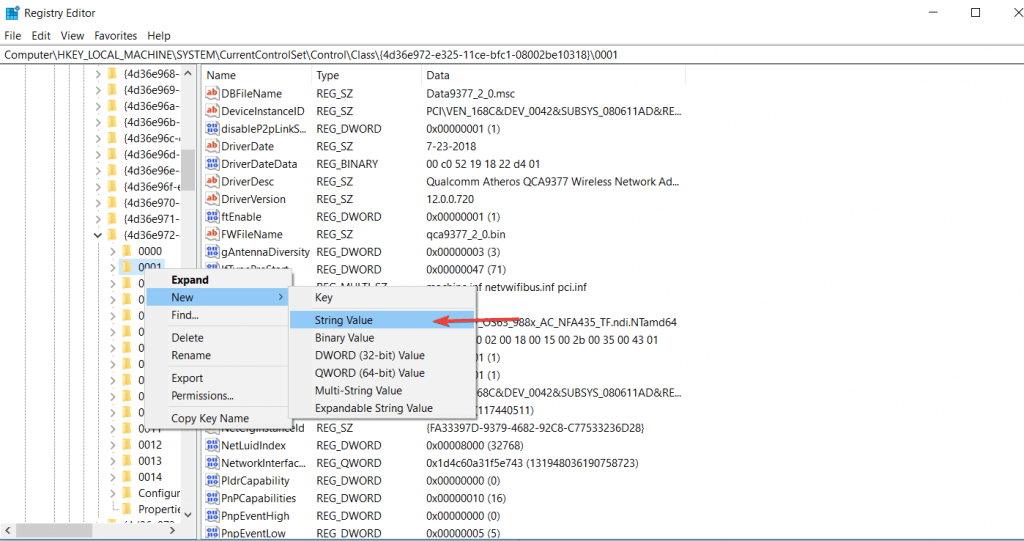

For example, a user may have their password, but have forgotten their smart card.

In addition, a fourth factor of authentication is now recognized: someone you know, whereby another person who knows you can provide a human element of authentication in situations where systems have been set up to allow for such scenarios. Passwords are a common means of verifying a user's identity before access is given to information systems.

To prevent this, two-factor authentication can be used. Alice either gives Bob her credential, or Bob takes it he now has access to the server room. For example, Alice has access rights to the server room, but Bob does not. Credentials can be passed around, thus subverting the access control list. The above description illustrates a single factor transaction. Often the reader provides feedback, such as a flashing red LED for an access denied and a flashing green LED for an access granted. The control panel also ignores a door open signal to prevent an alarm. If there is a match between the credential and the access control list, the control panel operates a relay that in turn unlocks the door. When access is denied based on the access control list, the door remains locked. The control panel compares the credential's number to an access control list, grants or denies the presented request, and sends a transaction log to a database. When a credential is presented to a reader, the reader sends the credential's information, usually a number, to a control panel, a highly reliable processor. The system will also monitor the door and alarm if the door is forced open or held open too long after being unlocked. When access is refused, the door remains locked and the attempted access is recorded. When access is granted, the door is unlocked for a predetermined time and the transaction is recorded. The electronic access control system grants access based on the credential presented. A wide range of credentials can be used to replace mechanical keys. Electronic access control Įxample of fob based access control using an ACT readerĮlectronic access control (EAC) uses computers to solve the limitations of mechanical locks and keys. When a mechanical key is lost or the key holder is no longer authorized to use the protected area, the locks must be re-keyed. Mechanical locks and keys do not provide records of the key used on any specific door, and the keys can be easily copied or transferred to an unauthorized person. Mechanical locks and keys do not allow restriction of the key holder to specific times or dates. When a door is locked, only someone with a key can enter through the door, depending on how the lock is configured. Historically, this was partially accomplished through keys and locks. An access control system determines who is allowed to enter or exit, where they are allowed to exit or enter, and when they are allowed to enter or exit. Physical access control is a matter of who, where, and when. Within these environments, physical key management may also be employed as a means of further managing and monitoring access to mechanically keyed areas or access to certain small assets. Physical access control can be achieved by a human (a guard, bouncer, or receptionist), through mechanical means such as locks and keys, or through technological means such as access control systems like the mantrap. The term access control refers to the practice of restricting entrance to a property, a building, or a room to authorized persons. An alternative of access control in the strict sense (physically controlling access itself) is a system of checking authorized presence, see e.g. There may be fences to avoid circumventing this access control. border guard, bouncer, ticket checker), or with a device such as a turnstile.

Geographical access control may be enforced by personnel (e.g. Underground entrance to the New York City Subway system


 0 kommentar(er)
0 kommentar(er)
